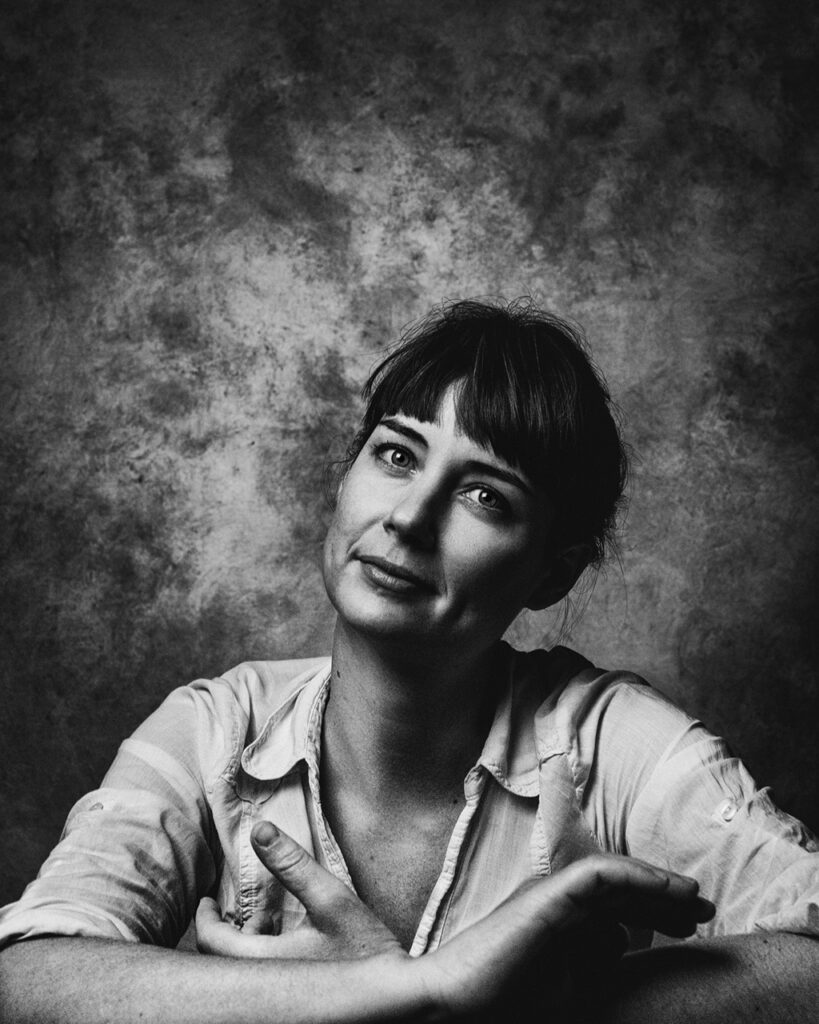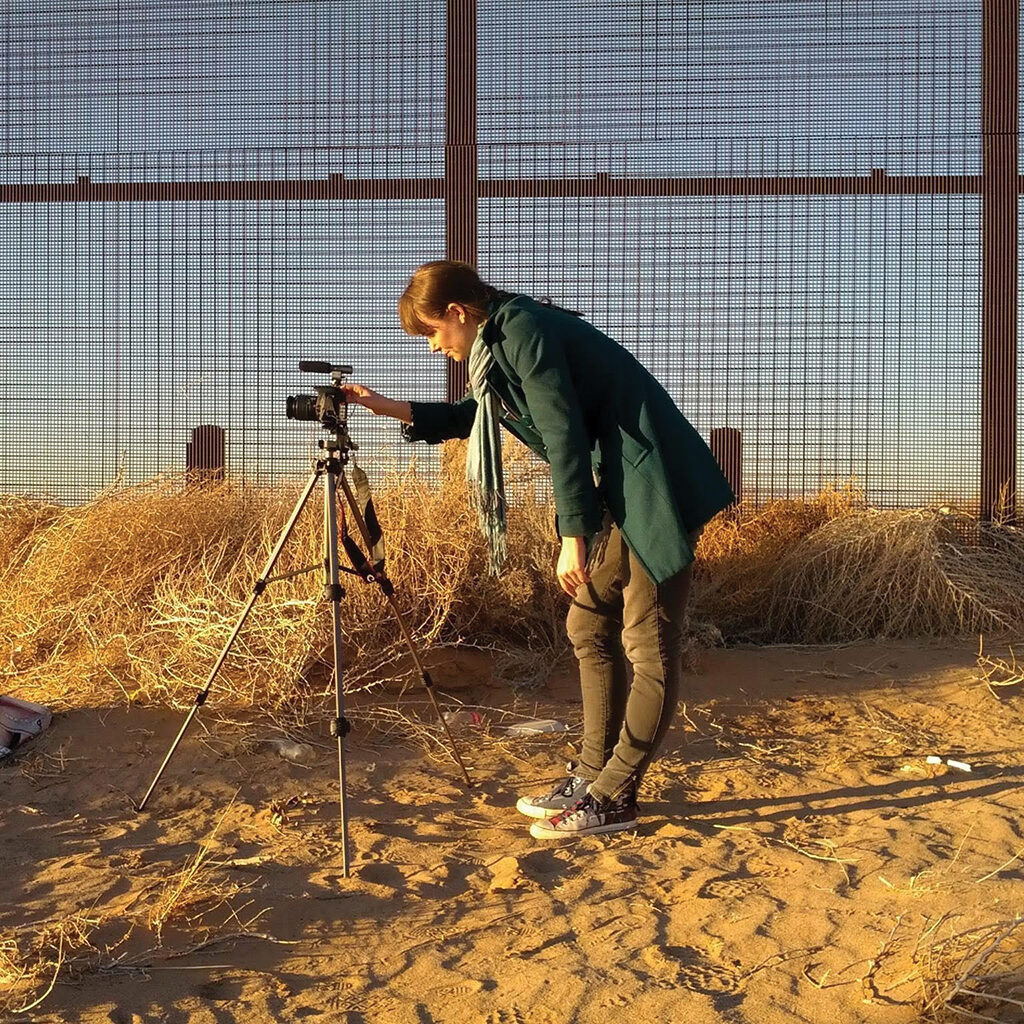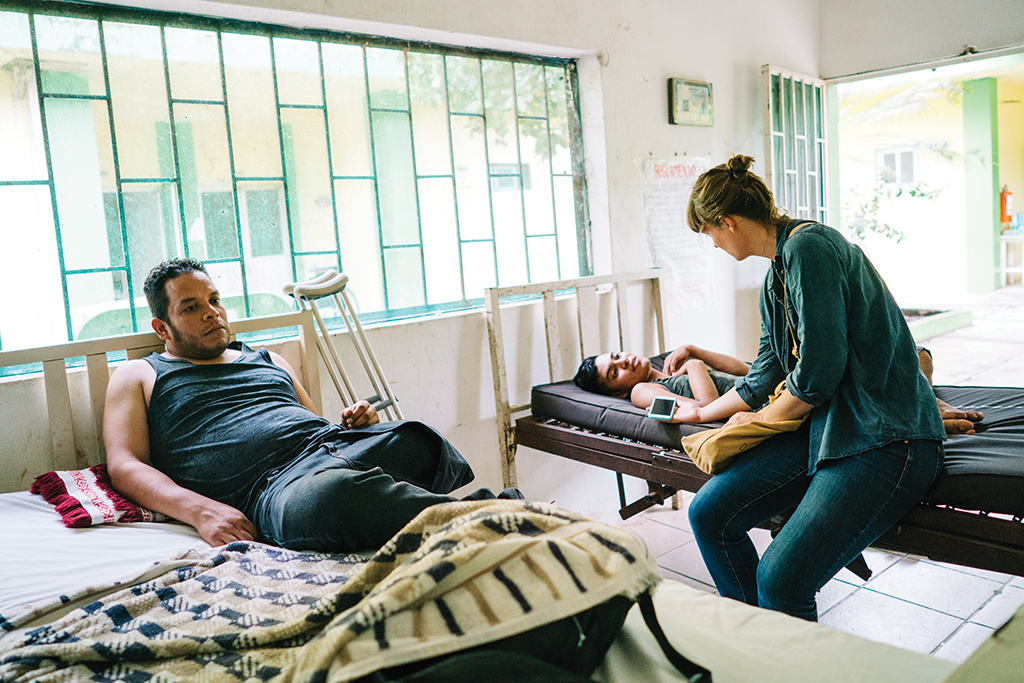Berea alumna and journalist focuses her work on migration, human rights and gender equality
“When I met them, I didn’t know if they would live to tell their story,” recalled journalist Alice Driver ’03. “At that point they had both already experienced assassination attempts.”
Two transgender women from El Salvador were seeking asylum in the United States, and their struggle piqued the interest and concern of Driver, a Berea alumna working as an investigative reporter at the U.S.–Mexico border.
The road leading to the discovery of these women’s travails was not paved by serendipity, but hard work and determination. While Driver was working on her book, “More or Less Dead,” and studying violence against women at the U.S.–Mexico border, she noticed almost all of the trans women she met were from El Salvador. She began to wonder what the catalyst was for this specific community to flee their country.

“It wasn’t scientific,” Driver said. “It was me interviewing people and asking questions.”
Determined to find out what was causing this disruption in the LGBTQ+ community, Driver contacted her editor at Longreads, a website devoted to long-form journalism, and notified him that she was following a story on trans women from El Salvador. Through the legions of people she met at the border, she received recommendations from other migrants to find Karla Avelar, a trans woman who ran Comcavis Trans, a non-governmental organization in El Salvador. Avelar introduced Driver to Marfil Estrella, who struggled with gang violence against the LGBTQ+ community. With limited employment opportunities, she resorted to sex work on the streets for survival. Estrella planned to leave the country at 3 a.m. the next morning, catching a bus to migrate to the United States and request asylum.
Driver knew if Estrella stayed in El Salvador, she may not live. She gently requested, “Can I go with you?”
Estrella agreed despite the fact the two had just met, and they were on their way to Mexico by bus, anticipating the dangerous challenges ahead. Upon arriving in Mexico after crossing the Suchiate River on a raft, Estrella requested a humanitarian visa: a process that takes months. In Tapachula, Mexico, Driver and Estrella went their separate ways with promises to keep in touch.
In October 2017, Estrella requested asylum in the U.S. and was held in a male detention center for seven months—a potentially dangerous placement. With support from Reveal, a publication network from the Center for Investigative Reporting, Driver was able to find out the name of the detention center where Estrella was held. She sent her a letter with her phone number because the detention center would only allow those detained to make calls, not receive them. At her asylum hearing, Estrella provided evidence of the violence she had experienced, and the judge granted her asylum. She is now living in San Diego and has legally changed her name to Michelle—something that was illegal for her to do in El Salvador. She is working to support herself and attending community college, where she is studying English.
Following Estrella’s story felt necessary for Driver. “This is why asylum exists,” she said.
According to Driver, writing is how she seeks justice and equality in a world she views as far from achieving either.
“If I went to a college where I had $100,000 in debt, I wouldn’t be writing,” she said. “That, to me, is a gift because we should want students to be doing things that are meaningful and that they love.”
Driver’s humble beginnings allowed her to find Berea College in the late 1990s, which placed an affordable college education within her reach. She grew up in Oark, Ark., on the family homestead her parents built during the back-to-the-land movement in the 1970s. Both of her parents are artists—her mom, a weaver, and her dad, a potter. The need for medical insurance by the time Driver was 14 compelled her family to look for work elsewhere, and her father found a full-time job as a ceramics professor at a university in Kentucky.
After teaching a ceramics workshop at Berea, Driver’s dad encouraged her to visit the College. His enthusiasm was matched by her initial reluctance. All of that changed when she stepped on campus.
“As soon as I visited campus I loved it,” Driver admitted. “I really felt at home.”
When she began at Berea, she enrolled in her first-ever Spanish class.
“I was terrible, and I loved it,” she said.
While she was excited to be studying the language, a trip to Mexico during her sophomore year with a group of students and Spanish professors Fred de Rosset and Margarita Graetzer set the stage for Driver to fall in love with the language. While there, she stayed with a host family and was fully immersed in the culture.

“Going to Mexico totally changed my life,” said Driver, who had only traveled outside of the U.S. once before that trip. “Both of my Spanish professors were part of that; they’re still like family.”
As a student, she pursued her love of Spanish in the classroom and worked both as a server at Boone Tavern Hotel and Restaurant and as a teaching assistant. She graduated from Berea with no student-loan debt and a degree in Spanish and English.
“I’m not married, I don’t have kids, I travel like a maniac, I’m my own boss and I do whatever I want,” she said.
Shortly after Driver completed her doctoral program in Hispanic studies at the University of Kentucky with a focus on Latin American literature, she realized she was not interested in writing academic articles on pre-existing works.
“I never wanted to be the person writing on what other people wrote; I wanted to be the one writing,” Driver said.
After completing her program, she was unsure of her next steps but was confident in two things: she wanted to live in Mexico and work for herself. Driver received a postdoctoral fellowship from Universidad Nacional Autónoma de México (UNAM) that allowed her to support herself as a journalist and finish her book.
She continues to report on migration in Central America. She has been published in Time magazine and National Geographic, and she has been featured on CNN. Driver is currently working alongside National Geographic photographer John Stanmeyer to document a global
migration project.


